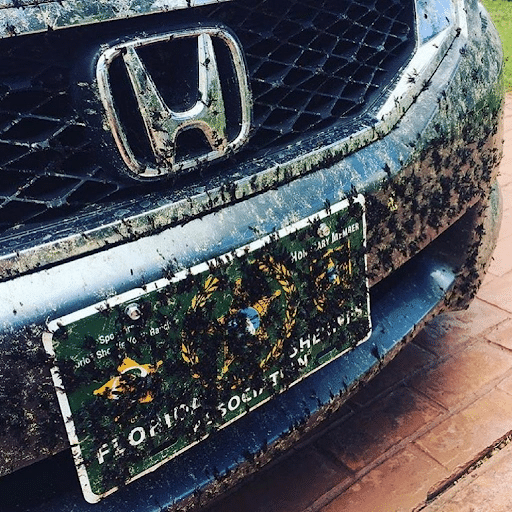You can always tell how far a car has traveled by looking at the state of its bumper, hood, and windshield. Typically, these areas of the car will be littered with bug splats that leave a nasty effect on the appearance of the car.
Hundreds upon hundreds of insects hit our cars every day, and these range from mosquitoes and moths to beetles and midges.
Left unchecked, bug splats on your car can harden and accumulate, eventually leading to a decrease in visibility. Additionally, the acidity of dead insects can cause damage to the paint on your vehicle if left for too long. Take care to remove these splats in order to maintain good visibility and preserve your vehicle's paint job.
Unfortunately, removing dead bugs off your car takes more than just a routine car wash. Consider the following guide on how to effectively get bugs off your car.
How to Remove Bug Stains from Your Car
If you're looking to get rid of those pesky dead bug stains on your vehicle without taking it to a detailer, take a look at these easy steps. With some basic cleaning agents, which you may have right in your own home, you can make your vehicle sparkle again and be free from dead bugs for good! Here's how:
Step 1: Choose a Bug Remover
The market provides bug removers that are specifically designed to clean insects that are squashed against the body of your vehicle. However, there are domestic solutions you can opt for if you don’t want to spend on a car care product. Choose from any of the following as a cleaning agent:
- Baking soda
- Dryer sheets
- Vinegar
- WD-40
- Baby/Lamp oil
- Magic Eraser
Step 2: Remove the Bug Stains
Depending on the cleaning product you select, you can remove the dead insects from your vehicle using the process below:
Remove Bugs with Baking Soda
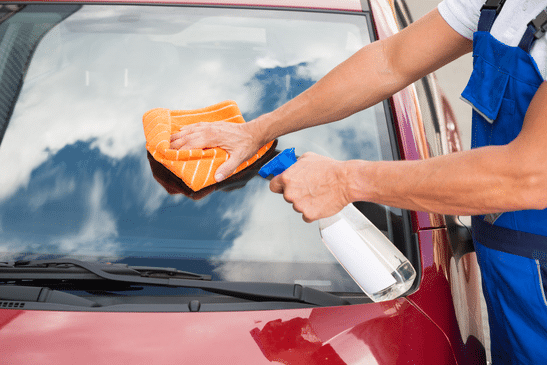
Baking soda is a great alternative to car soap and can be found in most homes. It has an alkaline property which makes it ideal for getting rid of dead bugs from the exterior of cars.
Add a few spoons of baking into a bucket of warm water then stir to make a mixture. Dip a clean piece of microfiber clothing into the mixture while applying it to your vehicle.
Use a circular motion to gently scrub away the bug stains. Once they have been removed, rinse the affected area with a hose and dry it off with a clean microfiber towel.
Remove Bugs Using Dryer Sheets
Fabric softeners will not only remove lint from clothing; the dryer sheets can also be used to get the dead bugs off your car. This method can also be used to remove tar.
Start by filling a spray bottle with warm water. Then, take a fabric softener sheet and spray it with the water to make it wet. Rub the softener sheet onto the stained area of your car using circular motions. This will help to eliminate any spots or stains on the car.
The solution does a nice job of loosening the hardened bug splats, which makes it easy for you to get rid of. With all the grime removed, wash the car and leave it to dry.
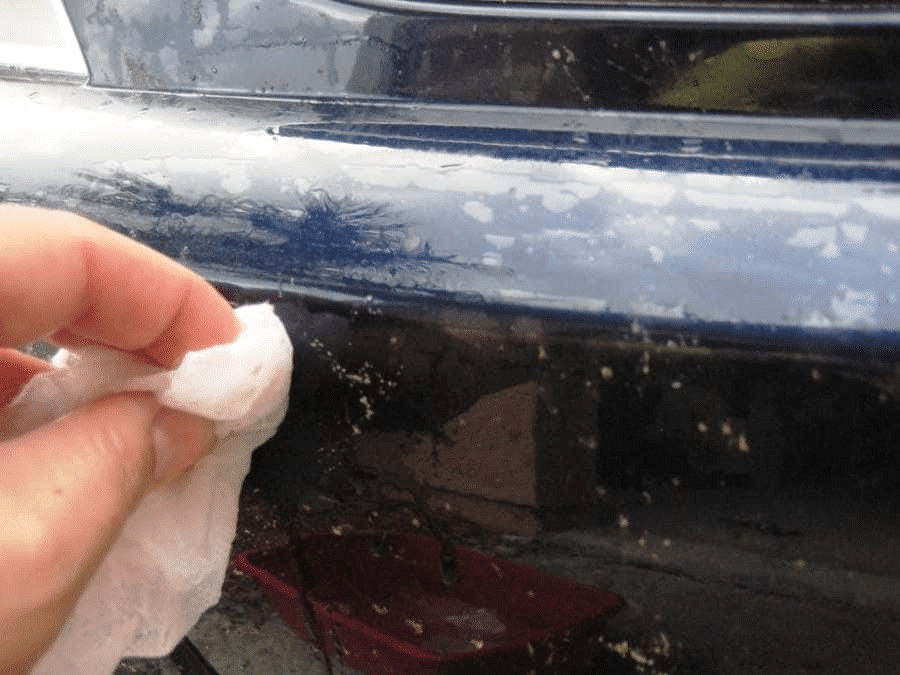
Remove Bugs Using Vinegar
If you're looking for an easy and effective way to get rid of bug stains on your car's windshield, vinegar is the best solution. This mildly acidic liquid will easily eliminate dirt and residue while leaving behind no streaking. You can also apply this method when cleaning aluminum rims and other car windows as well.
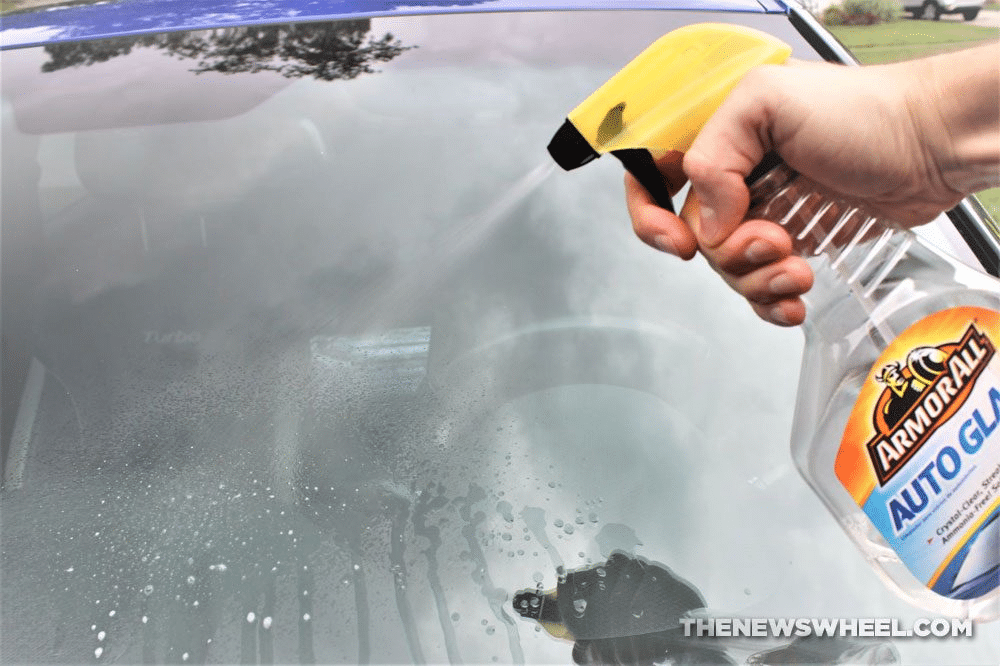
Add a few drops of vinegar into a bowl of warm water then pour the solution into a spray bottle before spraying the windshield and windows of your vehicle. Using a clean piece of cloth, wipe the surface in a circular pattern to eliminate the dead bug grime.
Apply the vinegar solution again and use the same wiping motion for improved cleaning results.
Be sure to do the same on all the other windows of your car while washing away the residue.
Vinegar will also make an excellent domestically-accessible cleaning agent for pretty much any stained part of your car; both outside and inside.
Remove Bugs Using WD-40
WD-40 is a great option if you have it in your garage. It can be used to effectively remove dead bug splat from the surface of your car.
Spray the WD-40 on the stained patches around your car and give it a few minutes to soak in. This helps to loosen the grime for easy removal.
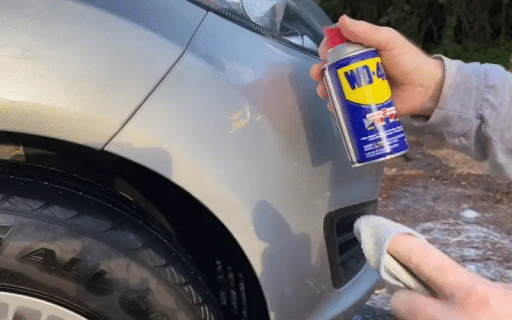
Grab a clean cloth and gently rub away the dirt, ensuring that you get every spot. If there are any tough stains, give them additional attention by coating them with WD-40 before wiping again.
Remove Bugs Using Baby/Lamp Oil
Various oil substances in your household can be used to remove bug stains from your car. You can use baby oil or lamp oil, if you have some in your home, to get the job done.
To get rid of any residue from stained surfaces, pour a small amount of baby oil or lamp oil onto a clean cloth. Gently rub the cloth against the surface in circular motions. When done, thoroughly wash the surface with soapy water.
Wash the car again with clean water and allow it to dry.
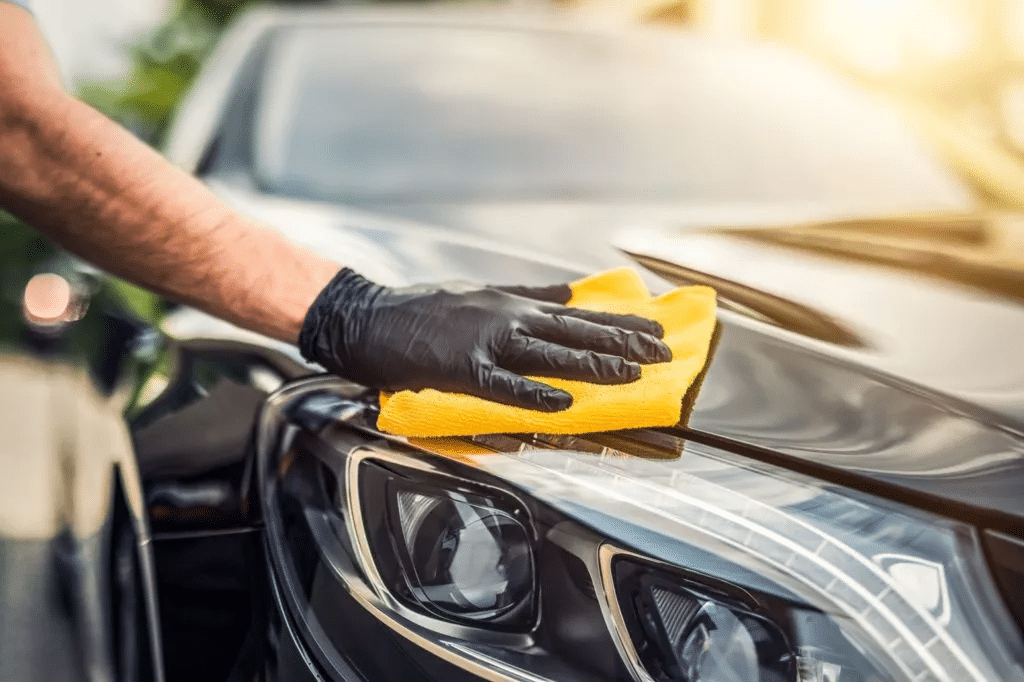
Remove Bugs Using Magic Erasers
Magic Erasers clean pretty much any kind of stain that comes to mind, so this will be a nice way to get rid of the dead bugs on your vehicle.
Take a wet Magic Eraser and slowly rub the bug grime off your car without using too much force.
Be careful when using a dry Magic Eraser on your car; vigorous rubbing could ruin the paintwork.
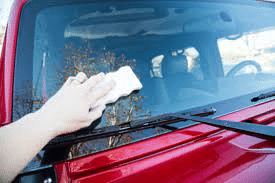
Step 3: Wash Your Car
After you are done removing bug splats from the car, give it a thorough cleaning to make sure no residue from the cleaning agent is left behind.
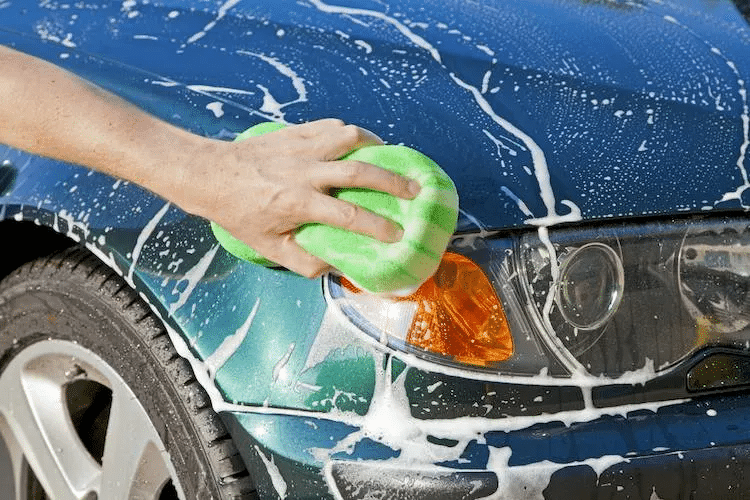
It is recommended that you manually wash the car on your own as opposed to taking it to the car wash. Remember to use a fresh bucket of soapy water and a different towel from the one you used to clean off the bug grime.
Step 4: Apply Car Wax
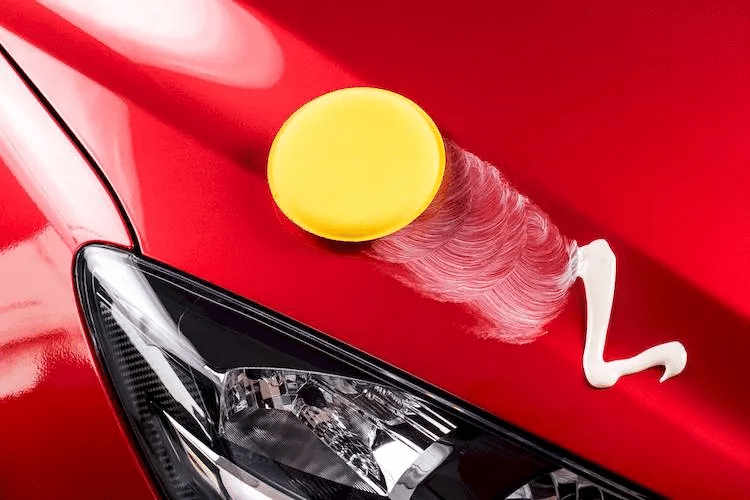
If your car has been waxed, you'll want to be careful when cleaning it. Some methods, such as using dryer sheets and WD-40, may end up taking the wax off in the process. For this reason, it's best to re-apply car wax following a final wash. This will also make it easier for you to remove bug stains the next time they appear.
This is because the wax coating cleans up easily and prevents the dead bugs from hardening directly on the car’s surface.
Step 5: Protect Your Car from Future Bug Stains
Protecting your car from bug stains isn't a one-time deal! After you remove the unfortunate bug squished onto your car, there are steps you can take to help ensure it doesn't happen again. Simple and straightforward strategies can save you time and energy when cleaning bug splats in the future. Here are some of the ways you can protect your vehicle:
Protective Films
These are also referred to as a clear bra. They are thin films that are applied temporarily to the car to preserve the paint job and do a great job when it comes to preventing dead bug stains. The bugs stick to the film as opposed to the car’s surface, which makes it easy for you to remove them.
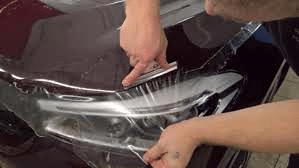
Protective Coatings
Vehicle cleaning solutions can make your car's surface extra slippery, so that bugs won't stick to the paint. This makes for a much easier car-washing experience, and also keeps your vehicle looking shiny and new!
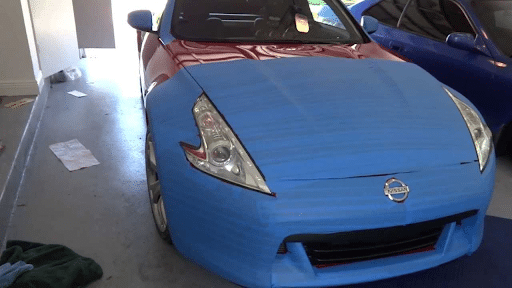
Painter’s Tape
If aesthetics are not a priority, you can use painter's tape to remove dead bugs from your car bumper. This is an easy way to clean the bug grime without damaging your vehicle. Simply apply the tape and peel it off once done, and your car will regain its integrity.
If you are not sure of how best to apply the above protective products on your car, get a professional to do it for you. You don’t want to damage the paint job while at it!
Final Thought
Dead insect stains can be a huge nuisance to car owners, especially when bug season comes along. Knowing how to get rid of them allows you to maintain the looks of your car and saves you the cost of taking it to a professional vehicle detailer.
So, if you’ve been trying to get your car looking clean after a long journey, use the methods above to get dead bugs off your car.

